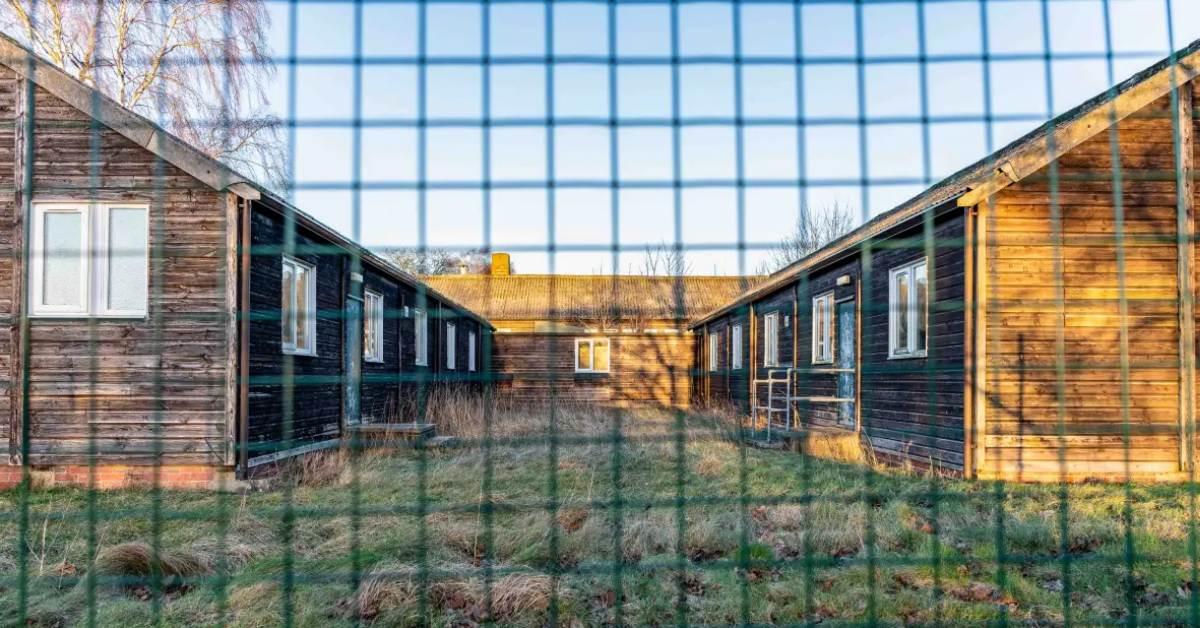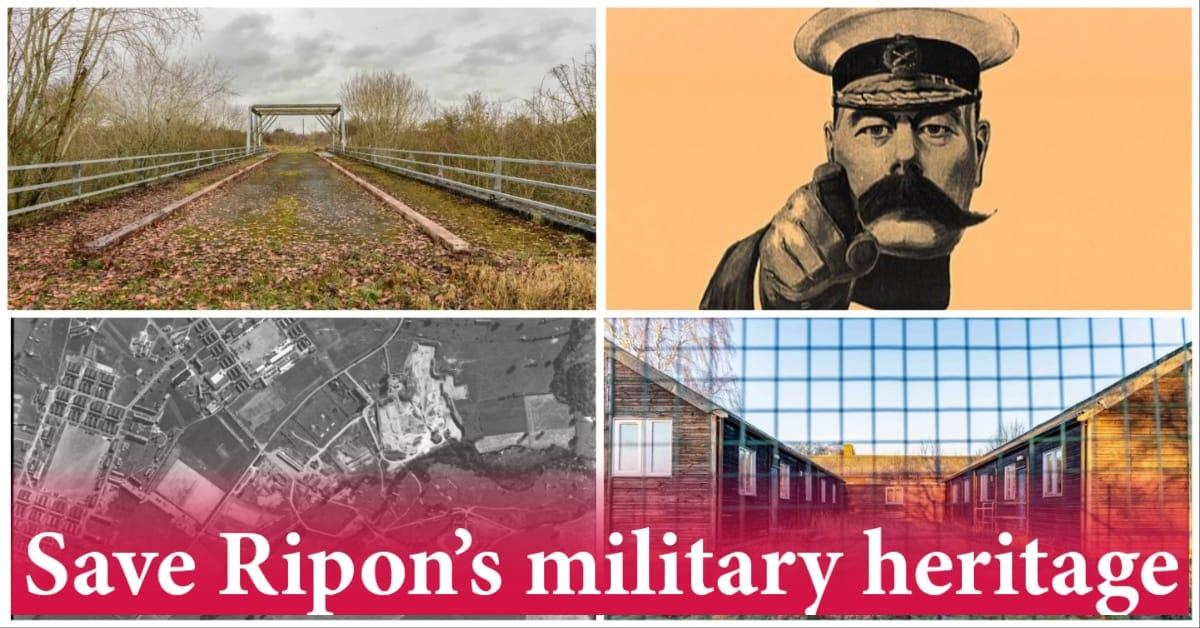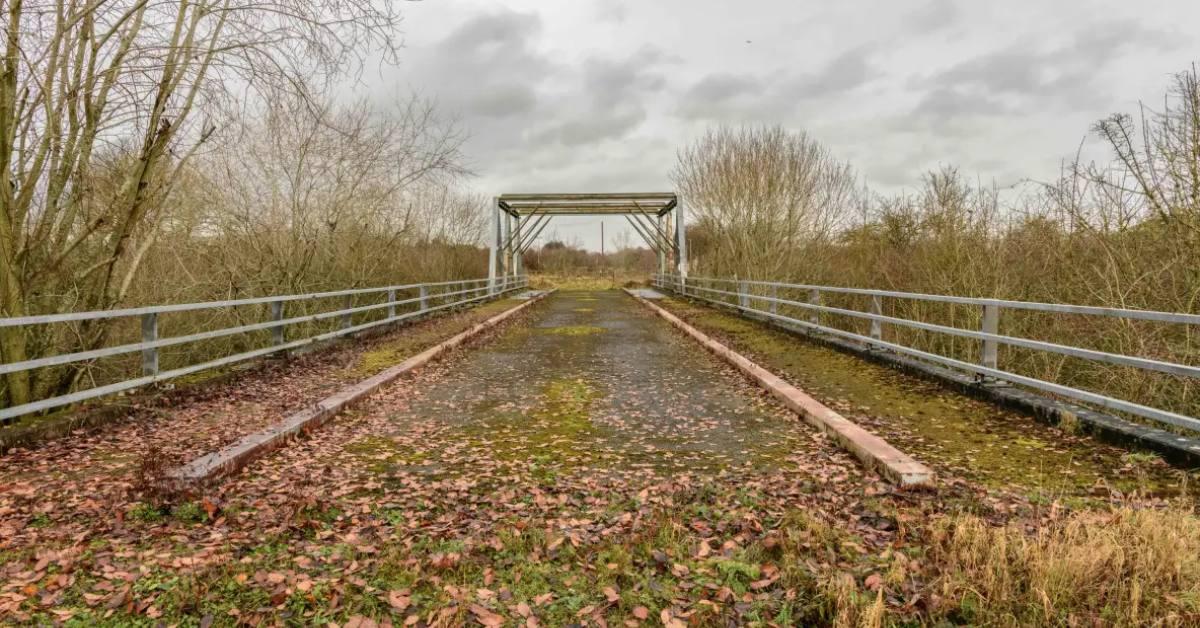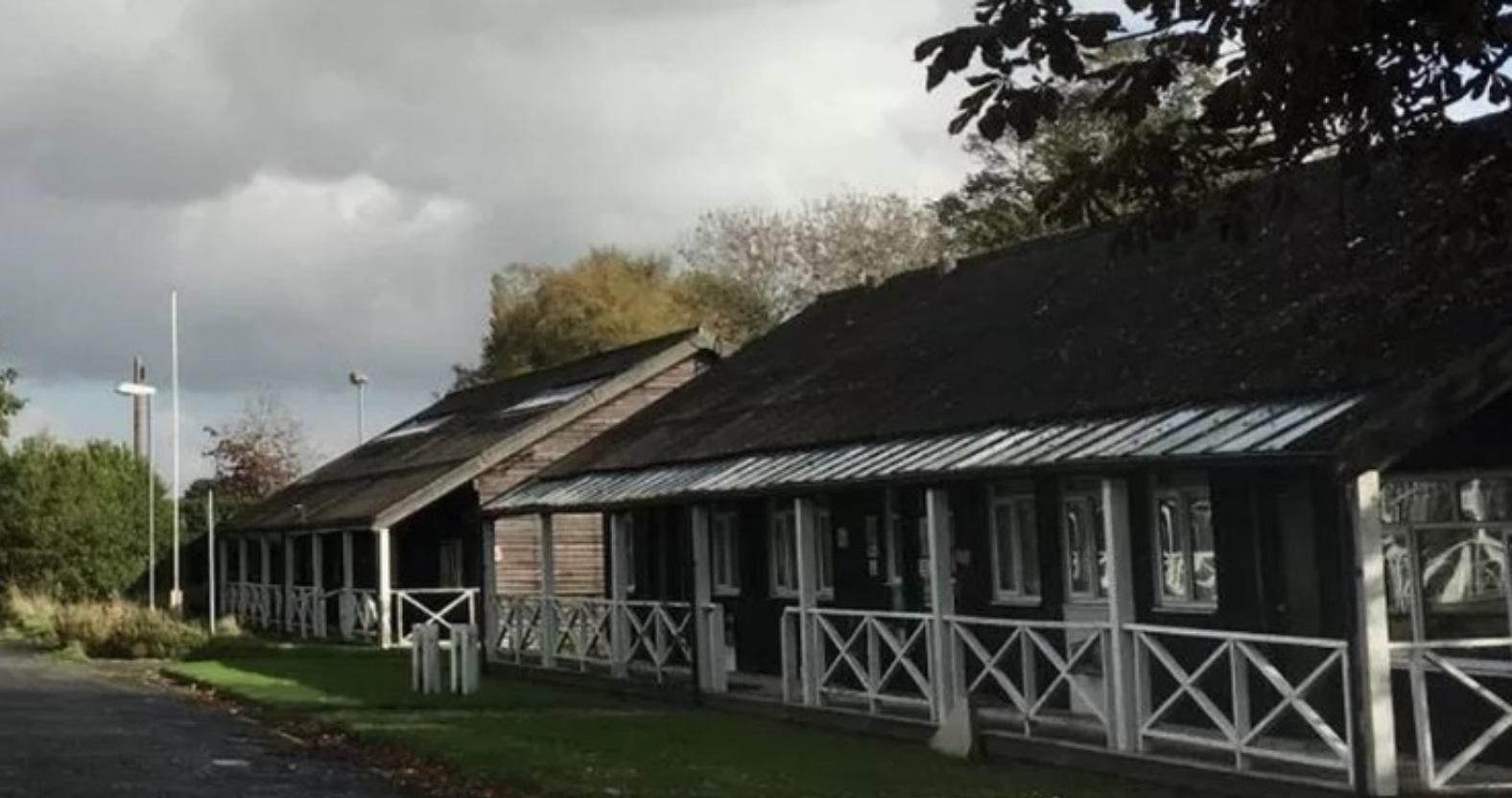Subscribe to trusted local news
In a time of both misinformation and too much information, quality journalism is more crucial than ever. By subscribing, you can help us get the story right.
- Subscription costs less than £1 a week with an annual plan.
Already a subscriber? Log in here.
05
May
Is battle to save Ripon’s military heritage inching to victory?

The 1,300-home Clotherholme scheme has left the threat of destruction hanging over key artefacts of Ripon’s military heritage for several years.
Government agency Homes England has planning permission to build the homes on 85 hectares of Ministry of Defence land accessed via Clotherholme Road to the south and Kirkby Road to the north.
The land includes rare huts from a 1939 militia camp and a testing site for the Bailey bridge that played a key part in ensuring allied victory in the Second World War.
The charity Ripon Military Heritage Trust, which was founded in the wake of the planning application to research and protect the military hertage on site, describes it as “one of very considerable national and international importance”.
Last year the trust launched a campaign, supported by the Stray Ferret, to ensure the military heritage is preserved when houses are built on the land, which is still occupied by the Army.
But what 'preserved' means has yet to be determined.

The Stray Ferret campaign last year.
Legal agreement
Although North Yorkshire Council has granted outline planning permission for the development, the details continue to be debated.
Last week the council published the terms of the Section 106 legal agreement, which outlines what measures Homes England must take to compensate for the impact of the housing on local infrastructure, as reported here by the Stray Ferret.
Besides requiring Homes England to pay millions of pounds for schools and healthcare, the agreement also stipulated it award £100,000 to Ripon Military Heritage Trust to devise a strategy to preserve military heritage.
The agency has previously agreed to measures such as putting up signs to record the site’s history but has not given any assurance that it would keep any of the structures, which has been the bone of contention.
But there are finally signs of progress.
Last week’s report by council case officer Kate Broadbank about the Section 106 agreement said new information supplied by the trust “reinforces the role the site played in the country’s military history”.
The report added:
Whilst this has not changed the site’s formal planning status (i.e. it remains a non-designated heritage asset and not listed), it has helped to inform discussions regarding the most appropriate and feasible way to secure this military heritage.
The council’s conservation officer has been involved in discussions and would still support the retention of a selection of buildings and the bridges at Laver Banks, if this is feasible. The conditions and requirements of the Section 106 ensure these investigations and recording of buildings takes place.

A training bridge on the site. Pic: Ripon Military Heritage Trust
Although this still falls short of a commitment to protect artefacts, there appears to be a greater willingness to achieve this, and a meeting on Monday between Homes England, the trust and Councillors Barbara Brodigan and Andrew Williams, who represent Ripon on North Yorkshire Council, reinforced this view.
A trust spokesperson described the meeting as “more constructive and positive than previous ones”. They emphasised the “severe threat” to key structures remains but added:
There is a long way to go but there is a more collaborative and flexible approach evident that gives us reason to be cautiously optimistic.
The Stray Ferret understands Homes England has agreed to transfer ownership of some huts but not until surveys have taken place. But this cannot happen yet because Homes England still doesn't own the land.
There are fears the delays and legal wrangling could prevent the trust from using the £100,000 pledged in the Section 106 agreement as matched funding in any bid for lottery funds .
But the fact that Homes England is now addressing the practicalities of dismantling and storing huts is seen by campaigners as a good sign and there is now thought to be a way forward to save some huts, even though there is still no discussion on where they could be located within the housing development.

Huts at Ripon Barracks Pic: Ripon Military Heritage Trust
We asked Homes England if it would agree to transfer some of the huts to the trust’s ownership and why it appeared so reluctant to protect rare military buildings and constructions that are regarded as vital to Ripon’s military heritage.
A spokesperson said:
Homes England remains committed to the delivery of new homes on the site, in line with the adopted Harrogate Local Plan (2014-2035). The agency and Defence Infrastructure Organisation are in contact with the Ripon Military Heritage Trust for the benefit of military heritage at Ripon Barracks and we look forward to continuing discussions now further certainty has been provided from North Yorkshire Council regarding the planning process.
They emphasised that because Homes England does not currently own any land or assets at Ripon Barracks it has not been able to make any formal undertakings in respect of the transfer of military buildings or constructions.
But now planning permission has been secured, negotiations are underway regarding the phased transfer of the land.
When Homes England acquires the site, it will it be able to carry out its obligations in the Section 106 legal agreement into investigating whether any structures can be retained.
The battle is far from over and progress is attritional — but a victory of sorts appears more likely than it did a year ago.
0